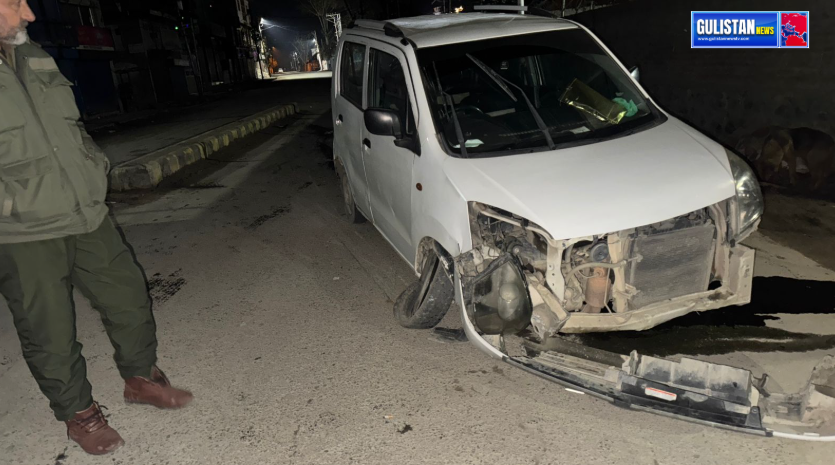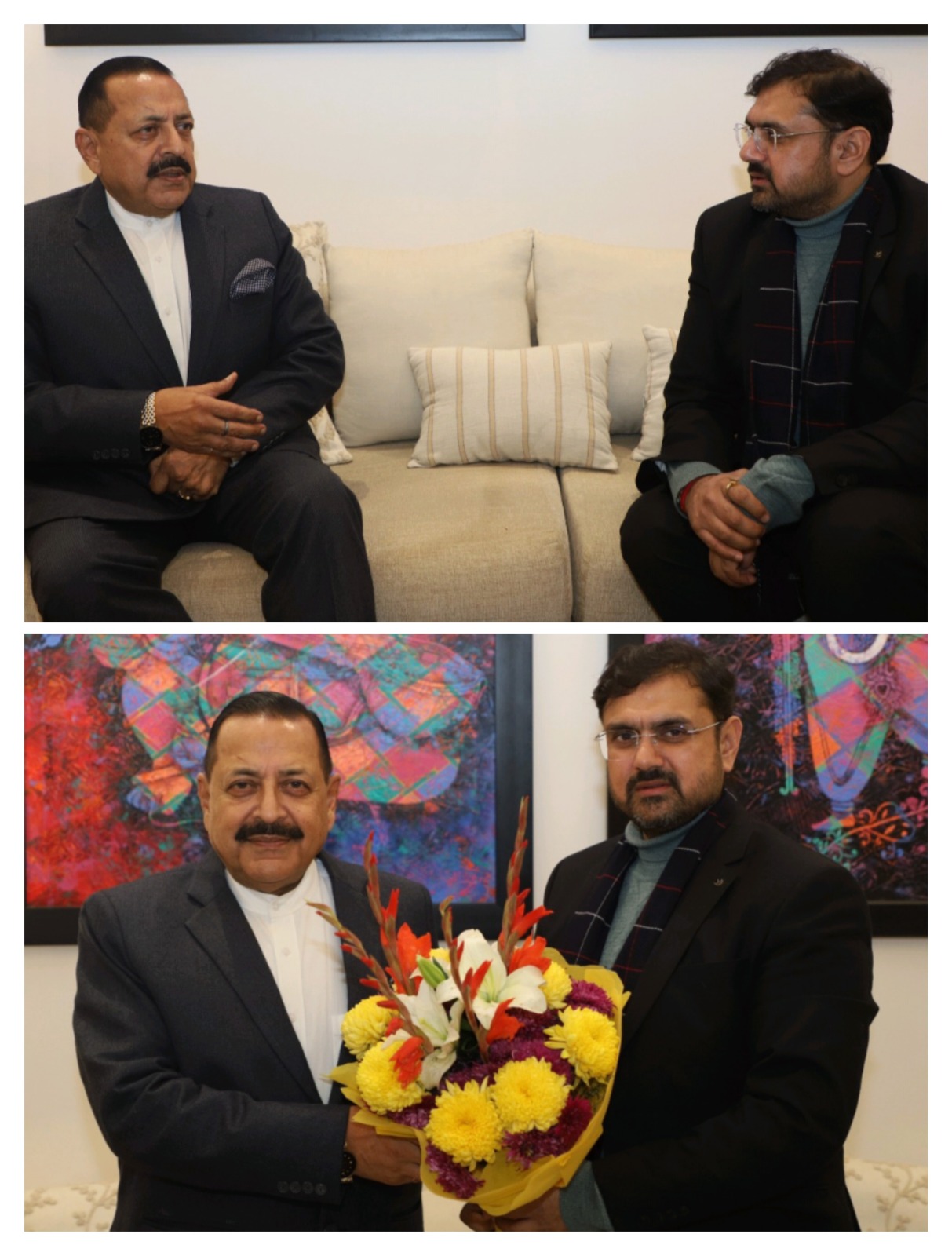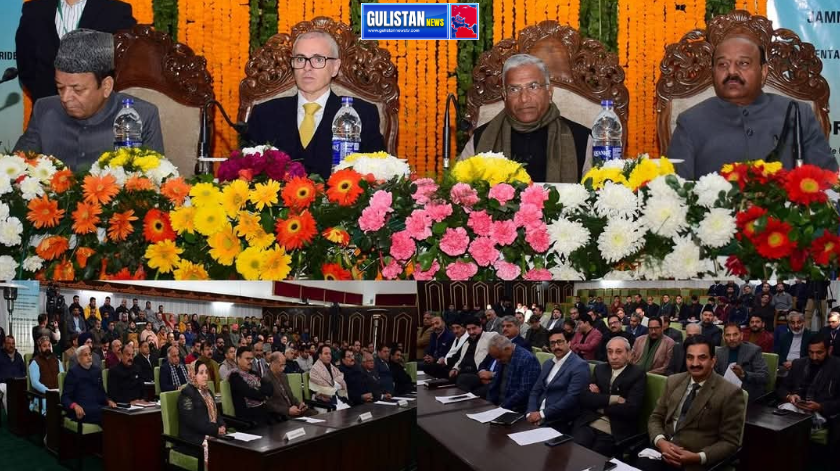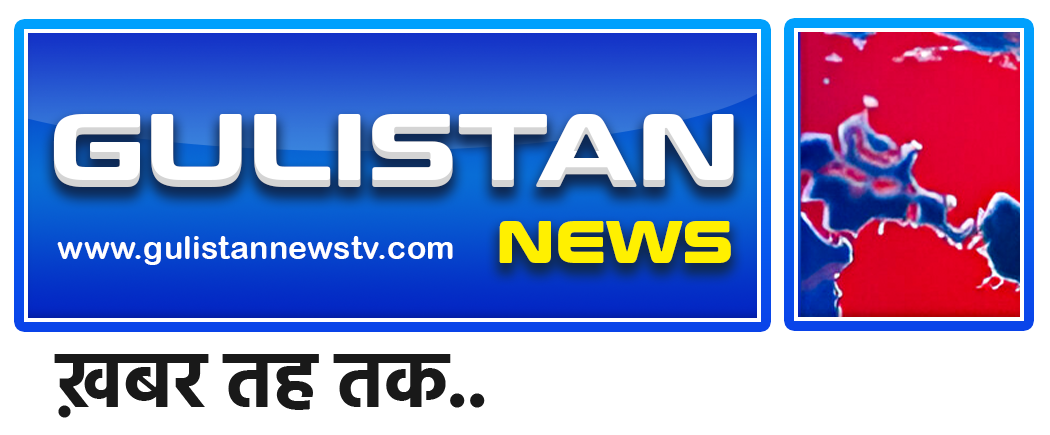Chandrayaan-3 is scheduled to achieve a gentle touchdown on the lunar surface on either August 23 or 24. It is a continuation of the Chandrayaan-2 mission, aiming to demonstrate the capabilities of safe landing and roving on the moon. The mission of Chandrayaan-3 includes the utilization of scientific instruments to investigate the thermo-physical properties of lunar seismic activity, lunar regolith, the plasma environment on the lunar surface, and the elemental composition of the moon.
The Launch Vehicle Mark-III (LVM-3) is a composite system consisting of propulsion, lander, and rover components. The lander possesses the capability to make a soft landing at a designated lunar site and deploy the rover. The rover will conduct in-situ chemical analysis of the lunar surface while moving across it.
LVM-3, formerly known as Geosynchronous Satellite Launch Vehicle (GSLV) Mk-3, is the launch vehicle used for Chandrayaan-3. It stands at a height of 43.5m and weighs 640 tonnes, offering a cost-effective means of placing 4-tonne GSAT series class satellites into Geosynchronous Transfer Orbits. LVM-3’s cryogenic stage enables the transportation of heavy payloads to Low Earth Orbits at an altitude of 600 km.
With six successful mission launches to date, including Chandrayaan-2, LVM-3 features a three-stage configuration. It is equipped with two strap-on motors (S200), a liquid core stage (L110), and a high-thrust cryogenic upper stage (C25). The S200 motors, containing 204 tonnes of solid propellant, are among the world’s largest solid boosters. The C25 stage is powered by a fully indigenous high-thrust cryogenic engine (CE20).
During the launch sequence, both S200 boosters are ignited simultaneously, followed by the ignition of the core stage (L110) at around 113 seconds into the flight. The S200 motors burn for approximately 134 seconds before separation occurs at 137 seconds. The payload fairing is jettisoned at an altitude of 115 km, around 217 seconds into the L110 firing. The L110 stage burns out and separates, and the C25 stage ignites at 313 seconds. The spacecraft is then injected into a Geosynchronous Transfer Orbit (GTO) with dimensions of 180×36000 km at around 974 seconds.
LVM-3, specifically the LVM-3 M-4 variant, will be responsible for launching Chandrayaan-3. It will carry and deploy the two modules comprising Chandrayaan-3, namely the propulsion module and the lander module. The propulsion module is designed to transport the lander module, which contains the lunar rover within it, to a lunar orbit of 100 km. The propulsion module carries a single experimental payload called Spectro-polarimetry of Habitable Planet Earth (SHAPE), which will study the near-infrared spectro-polarimetric signatures of Earth for 3-6 months while orbiting the moon.
The lander, weighing 1,724 kg, is equipped to make a soft landing at a specified lunar site. It carries three payloads with a mission life of one lunar day (equivalent to 14 Earth days). These payloads are designed to measure surface plasma density, thermal levels, and seismic activity.
Additionally, a 26-kg rover will be deployed onto the lunar surface from the lander. It will traverse the lunar terrain, conducting in-situ chemical analysis of the lunar surface during its operational period of a single lunar day.









